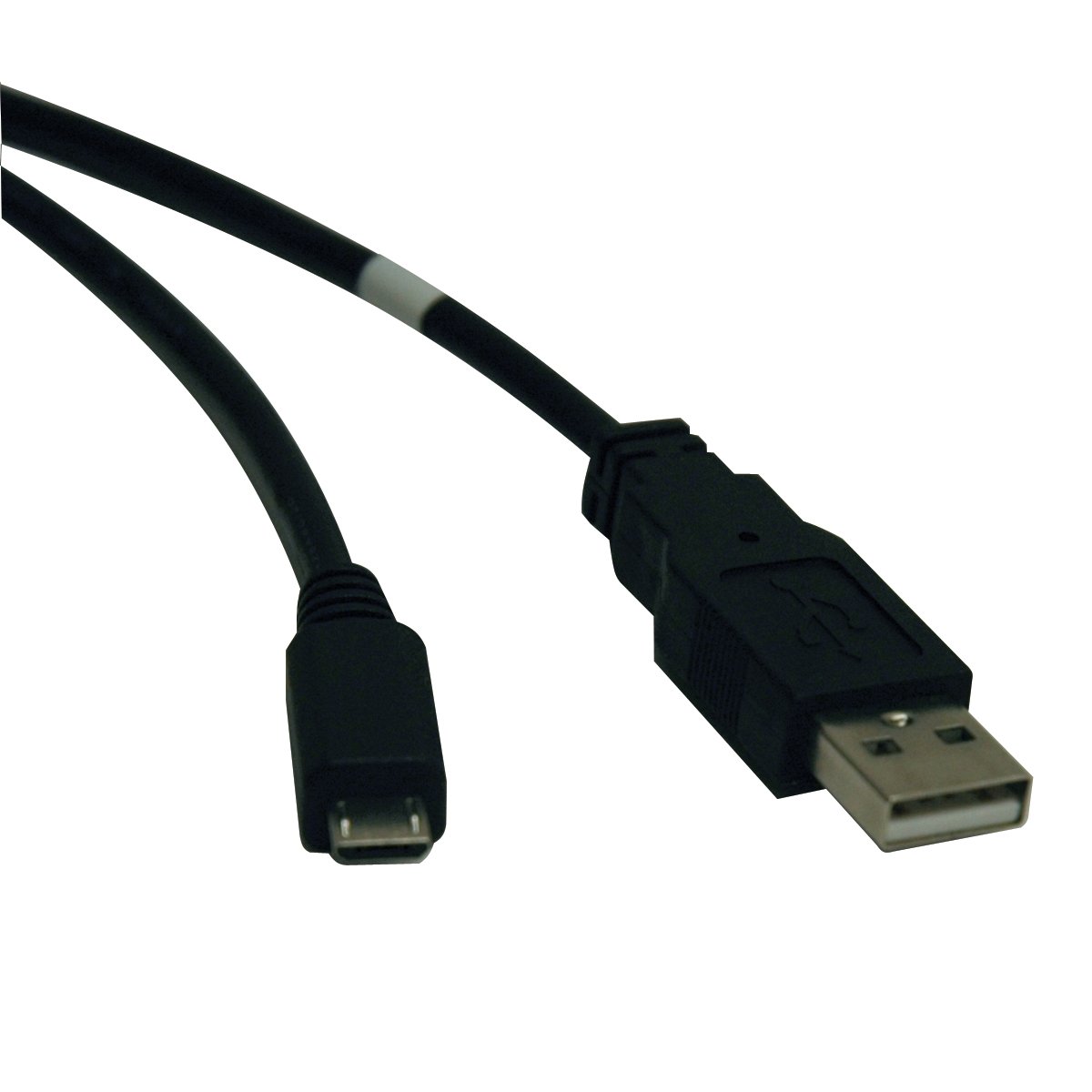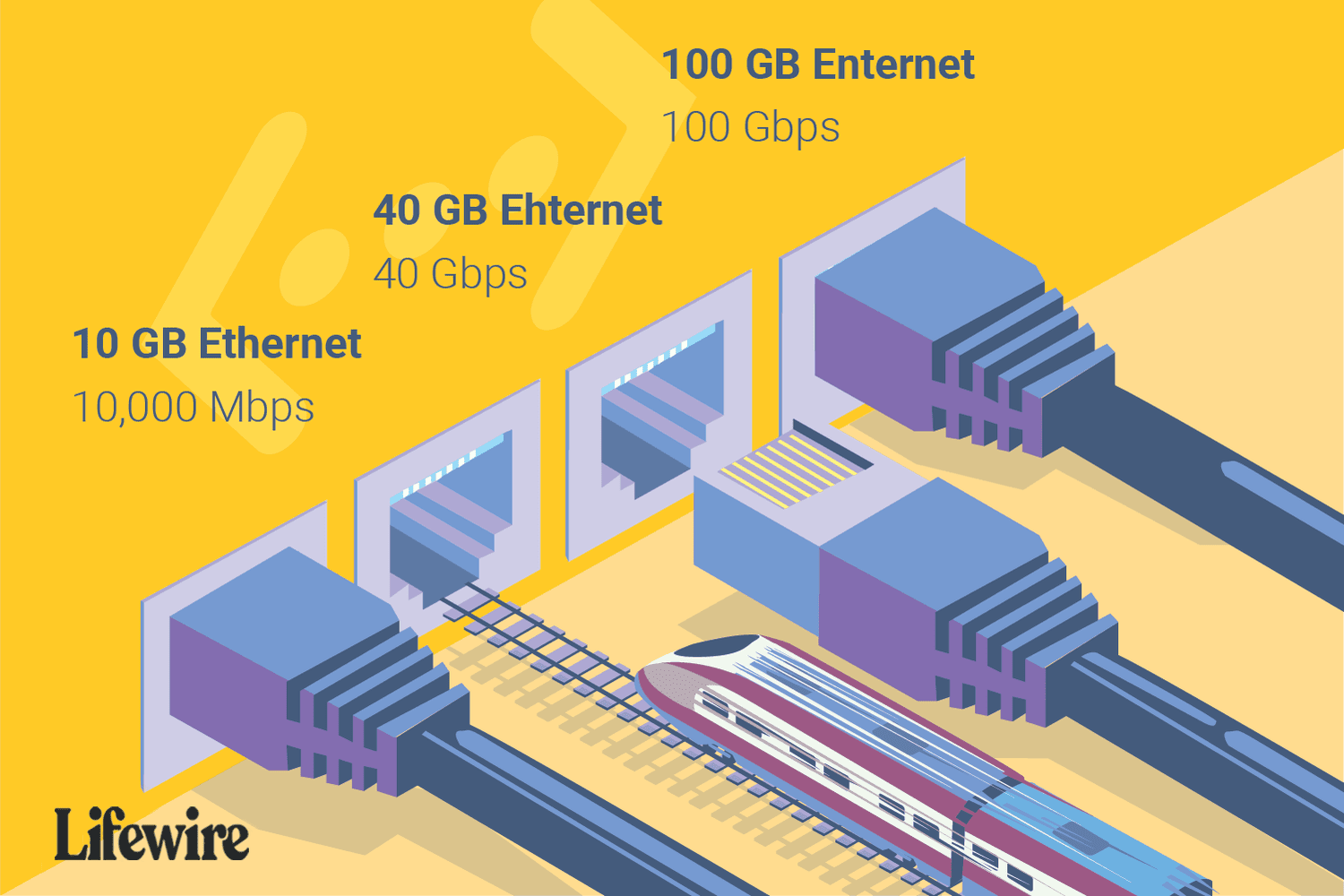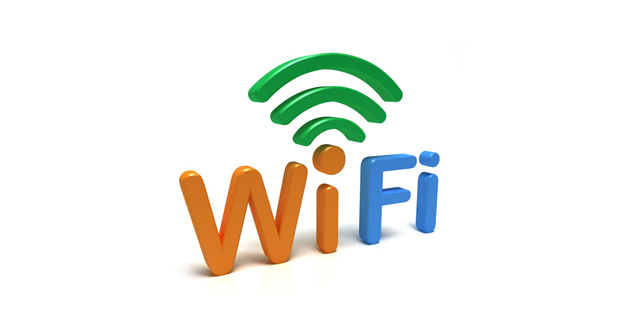Which of the Following Transfer Rates is the Fastest?
In the digital age, the speed at which data can be transferred has become crucial for various applications. Whether it's downloading files, streaming media, or transferring data between devices, users are constantly seeking the fastest transfer rates available. This article aims to explore different transfer rates and determine which one is the fastest among them.
1. USB 2.0 Transfer Rate:
USB 2.0, also known as Hi-Speed USB, was a popular standard for connecting devices to computers.
The maximum transfer rate offered by USB 2.0 is 480 megabits per second (Mbps). While it was considered fast during its time, technological advancements have surpassed its capabilities.

USB 2.0
2. USB 3.0 Transfer Rate:
USB 3.0, also called SuperSpeed USB, introduced significant improvements over its predecessor.
With a maximum transfer rate of 5 gigabits per second (Gbps), USB 3.0 offers speeds ten times faster than USB 2.0. This makes it a preferred choice for transferring large files and high-definition media.
3. USB 3.1 Transfer Rate:
USB 3.1, known as SuperSpeed+ USB, further enhanced the data transfer capabilities of USB technology.
It offers two generations: USB 3.1 Gen 1 and USB 3.1 Gen 2.
USB 3.1 Gen 1 has the same transfer rate as USB 3.0 (5 Gbps), while USB 3.1 Gen 2 offers a faster speed of 10 Gbps.
USB 3.1 Gen 2 is often found in newer devices and provides improved performance.
4. Thunderbolt Transfer Rate:
Thunderbolt is a high-speed data transfer technology developed by Intel in collaboration with Apple.
Thunderbolt 3, the latest iteration, supports a maximum transfer rate of 40 Gbps. This remarkable speed makes it suitable for professional applications like video editing and data-intensive tasks.

Thunderbolt Transfer Rate
5. Ethernet Transfer Rate:
Ethernet is commonly used for networking and internet connectivity.
Different generations of Ethernet offer varying transfer rates.
The most prevalent standards are Ethernet (10 Mbps), Fast Ethernet (100 Mbps), Gigabit Ethernet (1 Gbps), 2.5 Gigabit Ethernet, 5 Gigabit Ethernet, and 10 Gigabit Ethernet. Among these, 10 Gigabit Ethernet provides the fastest transfer rate for wired connections.
6. Wi-Fi Transfer Rate:
Wi-Fi has revolutionized wireless connectivity, enabling devices to connect to the internet and transfer data without physical cables.
Wi-Fi standards such as 802.11n, 802.11ac, and the latest 802.11ax (Wi-Fi 6) offer different transfer rates.
While 802.11n supports up to 300 Mbps, 802.11ac provides speeds ranging from 433 Mbps to several gigabits per second.
Wi-Fi 6 further enhances transfer rates, offering a theoretical maximum of 9.6 Gbps.

Wi - Fi Transfer
In conclusion, the transfer rates mentioned above offer varying speeds for different types of data transfer. Among these options, Thunderbolt 3 boasts the fastest transfer rate at 40 Gbps, making it ideal for demanding tasks.
USB 3.1 Gen 2 follows closely behind with a speed of 10 Gbps, while 10 Gigabit Ethernet provides the fastest wired transfer rate. For wireless connections, Wi-Fi 6 (802.11ax) delivers impressive speeds up to 9.6 Gbps.
The choice of the fastest transfer rate ultimately depends on the specific requirements and technology compatibility of the devices being used.